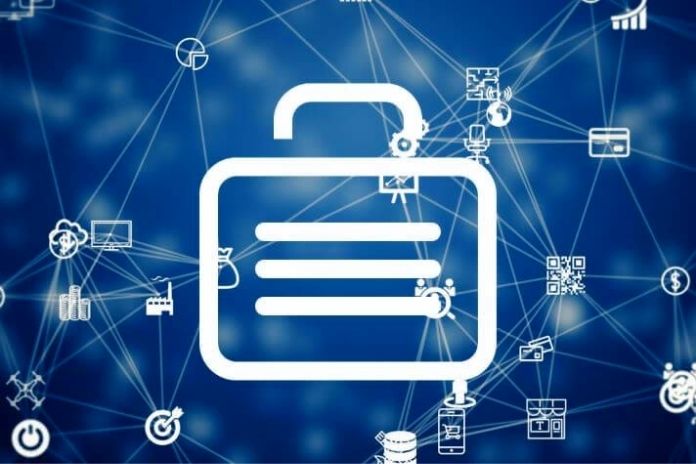How Security Integrators Can Tackle The Challenge Of Keeping Consumers Safe
Cybersecurity and IoT: With the promise of monitoring and regulating the entire energy system of facilities with smart sensors to save money or keep a multitude of wearables within compliance, IoT (Internet of Things) devices transform objects into internet-connected data collectors, capable of raising the bar in our bodies, buildings, and neighborhoods.
With great powers, great security threats arise; however, IoT devices can generate vulnerabilities in protected systems if connected with many networks and ultimately can become an easy entrance for malefactors to access complex and high-value systems.
How can you ensure that your customers and employees are making the best use of this new technology while keeping them safe and protecting their respective systems as best as possible?
Segregating IoT Surveillance And Networks
In the IoT world, keeping customers safe means keeping networks segregated. With more entry points now connected to the network from many devices, there are many more opportunities for bad guys to gain access.
A network segmentation requires separating different types of network traffic and isolating them from each other. This means that if malicious software or faulty devices are going to connect, they only infect the segments on which they were designated.
When considering how to segregate your or your customers’ network, you should consider how to group network segments and then design them to isolate them from each other without adversely affecting your business workflow. . For example, the guest Wi-Fi network could be isolated from the customer database as they do not need to interact; Sensor monitoring usage energy can be isolated from employee Wi-Fi.
Implementing Security Best Practices
The growth of the IoT can mean a whole new approach to security, although some of the best practices in cybersecurity as a whole can be adapted and modernized for the IoT. For example, mapping the devices in an organization is critical, especially as IoT devices increase. It knows what is being used, where, for what, and by whom is critical to designing policies and network segmentation that reflect the day-to-day activity of your customer’s business.
Monitoring the network for suspicious activity is also crucial. It flags points and devices on the network that appear to be more problematic or less predictable to prevent cyber threats.
Regular updates on the network ensure that the latest software and patches are in place. The devices themselves can also provide extra protection with built-in security mechanisms or even stronger passwords. Keeping them under control and regularly checked is another best practice to prevent as many threats as possible.
Helping Clients Understand The Risks Involved
Your customer may be a company with few I.T. staff, so educating the workforce may require an effort to highlight the importance of many aspects of cybersecurity – from the importance of unique passwords to prevent unauthorized USB devices from being plugged in. To understand the implications of connecting personal devices to the company’s network and the social engineering tactics of experienced cybercriminals.
It is not always easy to immediately internalize the importance of individual behavior to cybersecurity threats. Therefore, the security integrator’s task is not only in the design and connection of the network but also in educating their customers on how to protect the wider business through employee actions. Presenting case studies and examples can be a powerful way to adapt messages to a non-expert audience and help cybersecurity communications.
Security Breaches And IoT Hacks
Security experts have long been warning about the potential risk of many insecure devices connected to the Internet since the IoT concept originated in the late 1990s. So it’s important to note that many IoT hacks don’t target the devices themselves but use IoT devices as an entry point into the larger network.
Cyber attacks on industrial networks have only continued, with malware such as Crash Override/Industry, Triton, and VPN Filter targeting vulnerable operational technology (O.T.) and industrial IoT systems (I-IoT).
So the attacks infiltrated the network through consumer IoT devices, including I.P. cameras and routers. Anyway, these cameras monitor activities inside schools, prisons, hospitals, and facilities of private companies such as Tesla.
Also Read: 6 Myths And Truths About Cloud Cybersecurity

